How much does it cost to breed a racehorse?
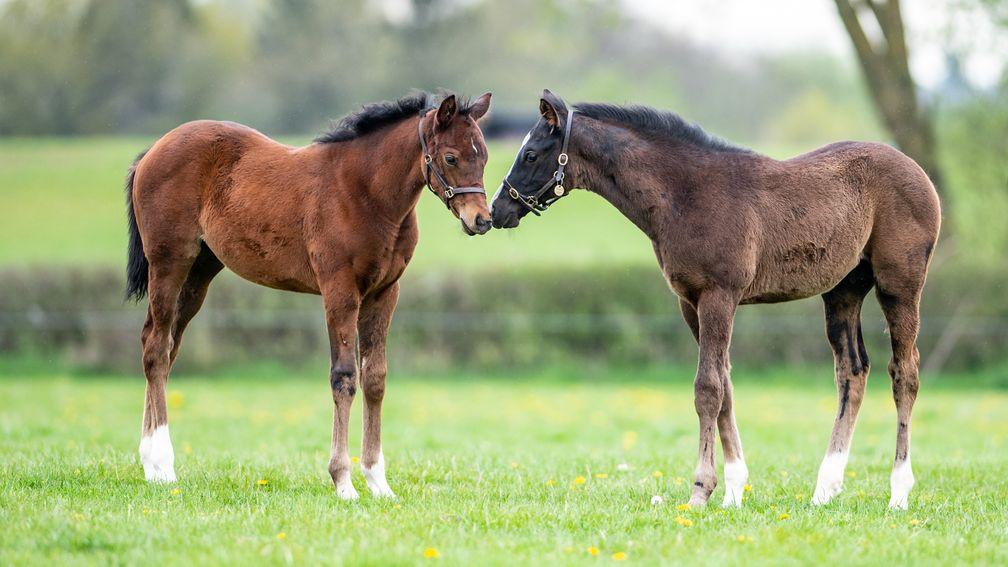
When reading of bargain-buy mares who have produced a champion or small-scale breeders who hit upon a magic family seam that produces six-figure sales, many people must daydream about getting their own piece of the action.
Producing racehorses is not the sole preserve of John Magnier and Sheikh Mohammed, after all. Think, for example, of John Hayes, who bought his first mare for €25,000 in 2007. She proved such a success with her offspring that the Tipperary-based structural engineer could even afford to have her covered by Frankel and get €650,000 for her yearling daughter.
Ownership of even one horse is a fantasy for the majority of people, with ongoing costs of upwards of £20,000 each year, which is why the development of syndicates has become increasingly important.
Yet, while most owners accept there is little chance of clawing that back from prize-money, the aim for an optimistic breeder is perhaps to send their stock to market and make a profit. After all, the dizzying millions that flow into the sales have to end up in someone's pockets, don't they . . .
So can it be done?
In theory, sure, but the obstacles and statistics can be real and off-putting. The Thoroughbred Breeders' Association's is the most conclusive recent report into such matters.
It listed 3,318 breeders in Britain and, as the result of a survey, revealed that 66 per cent were unprofitable. However, in another section, 32 per cent explained that their interest was purely for racing the progeny in the future, rather than for sales horses, and we might assume that plenty of them are among those who are losing money.
A breeder is very much a catch-all term, from the recession-proof to those scraping along on rented land with a broken lorry, but I considered the hypothetical cost and likely outcome for a new starter looking to sell a Flat-bred foal as a yearling – the most competitive and lucrative marketplace.
As I don't have a farm, I will have to board my imaginary mare with someone else. While the stud will be making some profit, it also means she will be fed, looked after and largely insulated against extraneous costs.
Imagine that we had got ourselves a mare by the start of 2020, probably bought during the winter breeding stock sales. The cost of boarding in Britain and Ireland varies wildly but it should loosely be between £20 and £25 a day, so we will assume a weekly cost of £140 (excluding VAT).
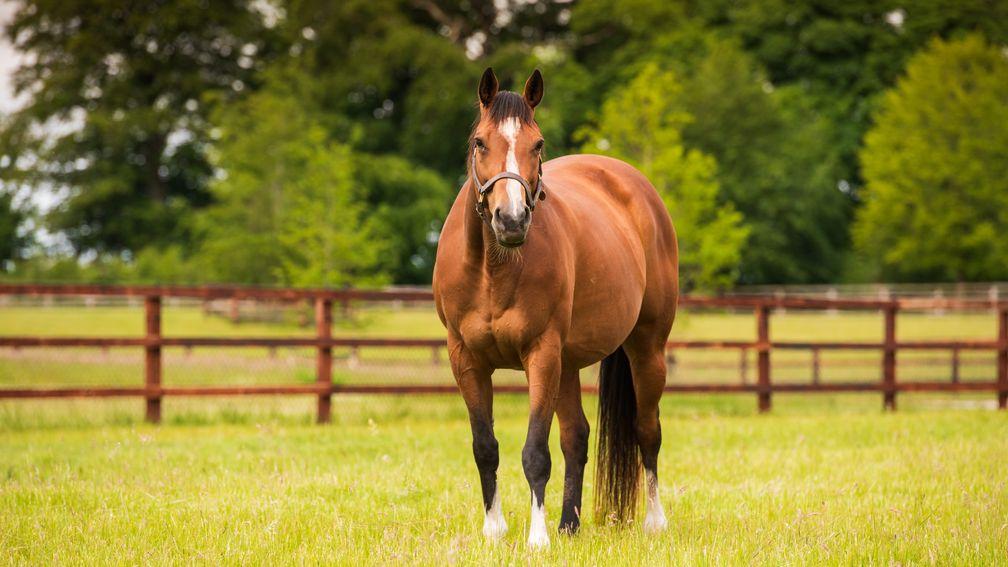
Without any major accidents, she might accumulate further bills of £500 or so, which will include farriery, dentistry and inoculations. She will be covered this year and we pick one of the younger, more commercial stallions who might have the capability of producing sales interest, which could add on another £7,000 including some transport.
By the end of the year, including a few weeks of boarding in late 2019, our outlay is going to be something in the order of £15,500.
In 2021 we have our first foal and costs go up again. We must cover those delivering our newborn and registration fees. For the first six months when the mare has a foal at foot, the cost could be an extra £5 a day on top of the £20 and once the foal has been weaned it becomes a separate entity, perhaps costing £15 a day. The rough calculations come out at £11,500.
Until midsummer this year, mother and child have been living at the stud with the same overheads but, ahead of a possible sale in the autumn, the yearling must be prepped. This will cost a little more again; perhaps £35 a day for eight weeks. There will be another few hundred to get it into a sale and to lodge it there. All in, projected costs are close to £14,000.
The calculations are extremely generalised but, before the yearling goes under the hammer, we might have spent approaching £41,000 across three years to get it there.
Until now, the broodmare has been treated as something akin to a fixed asset, even if her value will reduce gradually. However, we probably had to buy her in the first place and, as a guideline, a median-priced mare at the sales – the kind of individual with enough pedigree and form to have a chance of producing offspring accepted for a respectable auction – might be in the region of £20,000.
The figures, a result of checking with some breeders who are doing something fairly similar, do not include the fact that we could have had our mare covered even twice more in that time and have another foal on the ground.
So it's not inconceivable that we needed to find around £80,000 just to get started at a middling sort of level, even if we hope that will be recovered by subsequent sales.
The potential return
Sales are nervous times for a breeder. Do people like the look of our yearling? And how is its sire being received this year? We are also likely to get more just for the luck of having a colt rather than a filly.
Taking median sale results as a guideline as they tend to be more insightful than an average, which can be skewed by prices at the very top, just about the best result from available stallions would have been if we had picked Havana Grey, whose first crop have been flying on the track.
One of his yearlings made £230,000 as a result of such success and his current median sale results in 2022 would yield £42,000, although we must then deduct five per cent for the vendor, leaving us with £39,900. All in, that means we're trailing £1,100.
Remember, though, that having a Havana Grey would have been about as good as it got on a limited budget. There are other sires around this range that are far less sought-after and some had median sales prices that were barely above their stud fees.
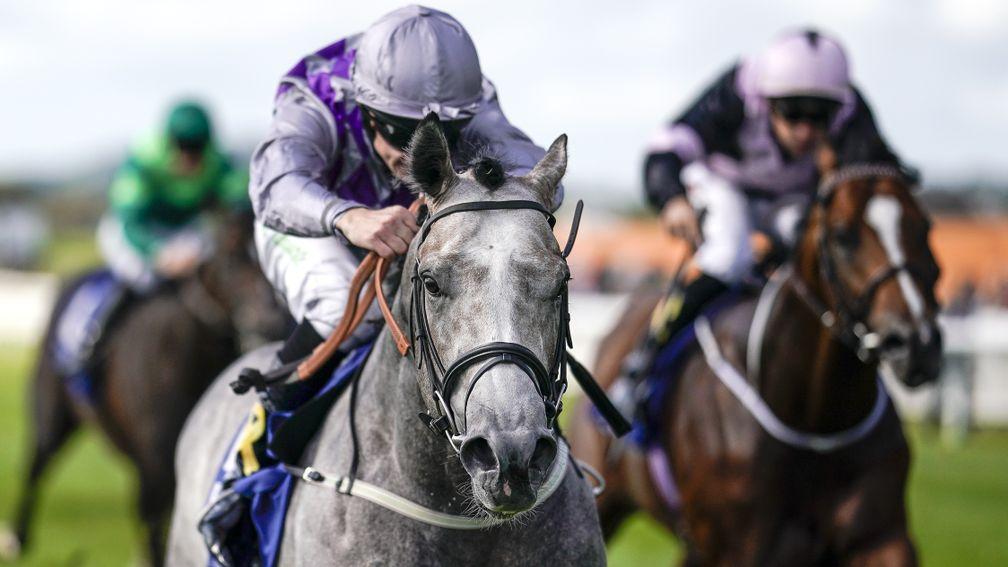
Furthermore, while there is a good chance we sold the yearling for more than the median, we might not have sold it at all and have been left with not only the £41,000 spend (and everything else) but still holding the baby.
We've also almost certainly gone back for another spin on the roulette table and had the mare covered again. Another shrewd choice like an Ardad or Havana Grey and there's light at the end of the tunnel; we might be starting to cover the initial cost of the mare, too. Not as good and the hole is just getting deeper.
Horses aren't machines, as they say, neither for racing nor breeding. You could be lucky enough to get eight foals from the mare but she might sometimes need a year's rest, return visits to the stallion or not get in foal at all. At every corner, accidents can happen.
"It's an expensive thing even to take a foal or yearling to the sales and you might not even sell," says one small breeder. "It's very hard to make a profit at the bottom end, no question, unless you have a stunning update to the mare or she's in foal to a stallion that's suddenly taken off and everyone wants the offspring."
The way forward
There are many alternatives to the scenarios outlined, such as taking on a mare who has already been covered or selling the offspring as foals to reduce overheads.
Natalie Folland, who boards mares at Fonthill Stud in Wiltshire with her partner Matt Bowen, says she is often contacted by newcomers.
She is frank with prospective clients about not breeding from certain mares or using stallions with poor profiles, and asks them what they want to achieve from the outset.
"There is an element of trying to reduce risk and we want to help people produce decent racehorses," she says.
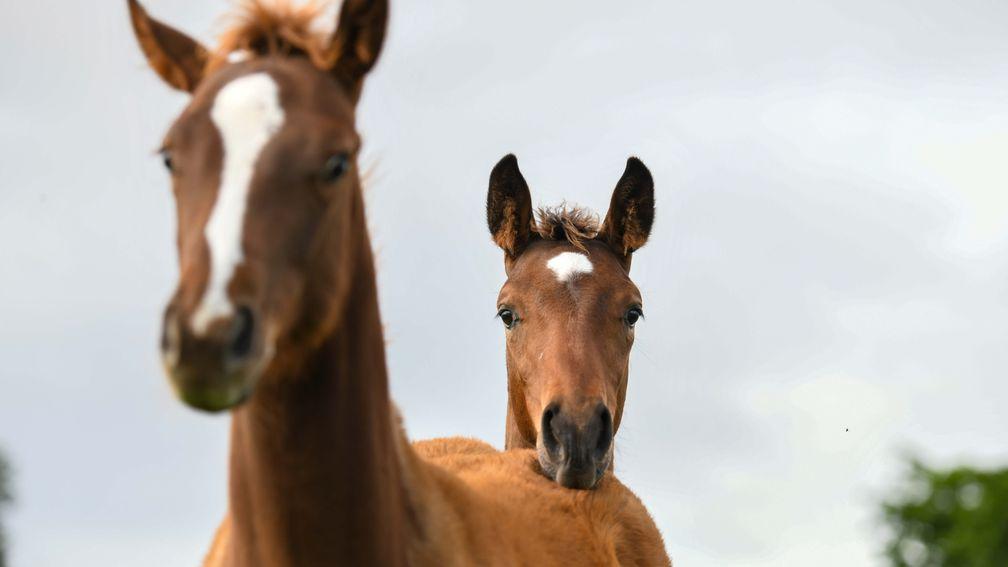
"The overall aim for commercial breeders or owner-breeders is to produce a 'correct' horse that will be successful on the track and stay sound for several years in training. For commercial breeders there is also the additional aim to make a profit. By producing successful racehorses the value of the dam increases, and in turn their future offspring too."
There is little disguising that it is an expensive pursuit and well beyond the means of many, yet there have been gathering concerns within the industry over a trend of falling foal crops in Britain and Ireland.
While this might not be properly addressed by the wider racing governance until it directly affects revenues, it is a reminder that we need breeders more than ever, and that fresh ideas might be needed.
"I do think syndicates are growing, which is positive in terms of encouraging people to get involved," says Folland. "I've had a lot of conversations in the last few months about it as it's something we may offer in the future – purely because we've had people inquiring.
"I think it's a great way to start, there's less financial risk and there are often experienced syndicate managers overseeing the whole process."
Folland advises that the easiest way to start is by networking – asking around with owners, managers and agents – and fundamentally to always have both eyes open.
"When it's going well it's a fantastic and rewarding experience," she says. "When things go pear-shaped it can be costly and heartbreaking. It's good to be realistic and have honest conversations about all aspects so there are no surprises along the way."
Read these next:
The prizefighters: which racehorses have earned the most money?
Racing's most expensive flops, including a $10m buy who was 'no bloody good'
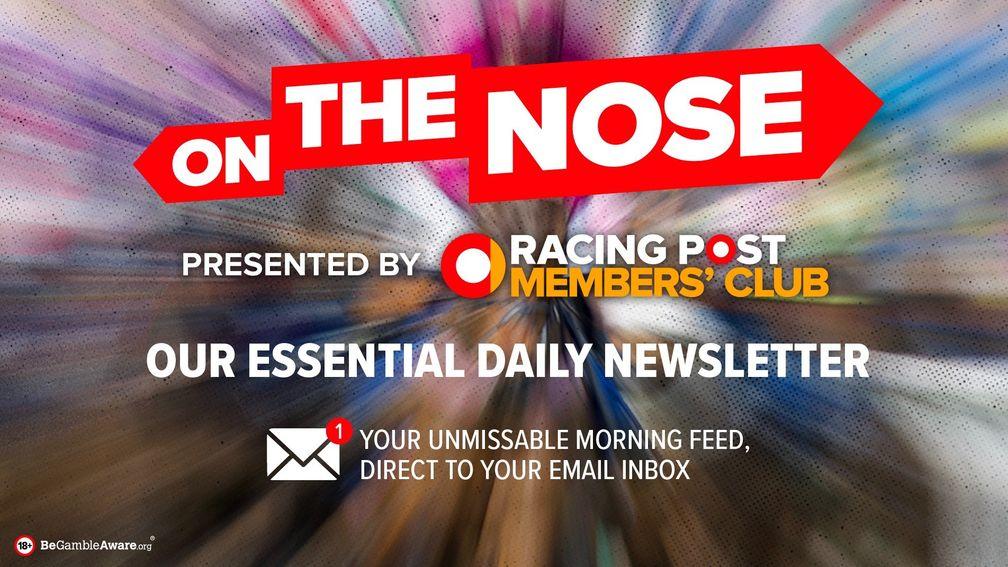
Sign up to receive On The Nose, our essential daily newsletter, from the Racing Post. Your unmissable morning feed, direct to your email inbox every morning.
Published on inSeries
Last updated
- We believed Dancing Brave could fly - and then he took off to prove it
- 'Don't wind up bookmakers - you might feel clever but your accounts won't last'
- 'There wouldn't be a day I don't think about those boys and their families'
- 'You want a bit of noise, a bit of life - and you have to be fair to punters'
- 'I take flak and it frustrates me - but I'm not going to wreck another horse'
- We believed Dancing Brave could fly - and then he took off to prove it
- 'Don't wind up bookmakers - you might feel clever but your accounts won't last'
- 'There wouldn't be a day I don't think about those boys and their families'
- 'You want a bit of noise, a bit of life - and you have to be fair to punters'
- 'I take flak and it frustrates me - but I'm not going to wreck another horse'